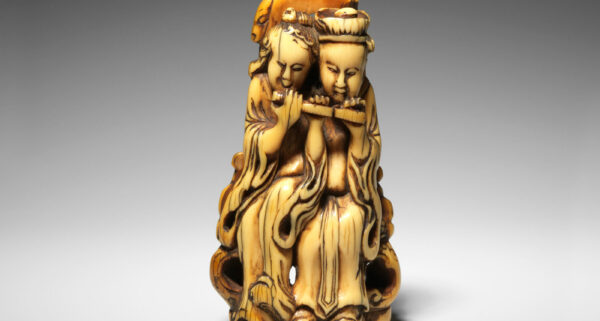Speaker: Dr Nicole Rousmaniere (IFAC Handa Curator of Japanese Arts, British Museum)
Netsuke (toggles), literally meaning ‘root’ (ne) ‘to attach’ (tsuke), are a form of Japanese miniature sculpture that was primarily functional. Used by men during the Edo period (1615-1868) to fasten tobacco, money and medicine pouches to their sashes, netsuke expressed the owner’s style and financial status. Netsuke can be viewed as a form of conspicuous consumption in an age of sumptuary laws and strict social class boundaries. This talk examines the important role of decoration in Japan as a social signifier from the Muromachi period (1336-1573) through to the early Meiji era (1868-1912).
Supported by:
![]()

